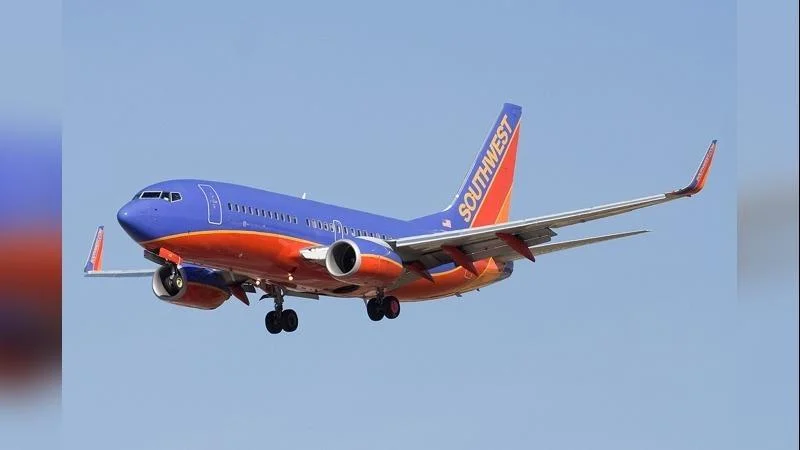Operationally, Southwest has long maintained a single-type fleet for simplicity and efficiency—a philosophy that continues with its move toward an all-MAX lineup. Financial considerations are also at play: activist investors such as Elliott Management have urged Southwest to improve margins by unlocking value from existing assets. This has led to strategies including asset sales of both NGs and some newer MAX jets.
There is also strong demand for used NGs on the secondary market. For example, United Nigeria Airlines is acquiring ex-Southwest 737-800s as part of its own expansion efforts.
Executives have reaffirmed this direction: “Executives have confirmed the airline’s plan to become an all-MAX operator by 2031, supported by an order book of more than 240 new MAX 8s and the eventual addition of MAX 7s once certified,” according to AirlineGeeks. CFO Tammy Romo emphasized that this change is necessary for long-term cost savings and operational efficiency.
Industry analysts generally support Southwest’s accelerated retirement plan but caution about potential risks such as temporary capacity shortages during peak travel periods if retirements outpace deliveries from Boeing. There are also concerns among passengers regarding lingering perceptions about the safety record of the MAX compared with older models.
The difference between fleets is notable: while NG aircraft are aged between 13–18 years within Southwest’s operation—with higher fuel consumption—the newer MAX models offer roughly a 14% improvement in fuel efficiency per seat along with quieter cabins and increased range.
Other airlines face similar decisions. Ryanair in Europe has begun shifting toward high-density Boeing 737 MAX variants tailored for low-cost operations but faces challenges due to delayed deliveries from Boeing—issues that have led CEO Michael O’Leary to publicly express frustration over slow production rates.
For both carriers, timing remains crucial; retiring older planes too quickly can risk shortages if replacements are not delivered promptly. Holding onto older jets longer increases maintenance costs and undermines competitive advantages against rivals who modernize sooner.
Financial strategies such as sale-leasebacks provide immediate liquidity but come with future obligations. Analysts highlight that reliance on secondary markets or overseas buyers—like United Nigeria Airlines—for outgoing jets can introduce risks if demand falters or regulatory issues arise.
Despite these challenges, “the success of Southwest’s strategy will depend heavily on Boeing’s ability to deliver,” alongside careful execution internally at Southwest itself.
Ultimately, this shift positions Southwest—and other major low-cost carriers—to operate younger fleets designed around efficiency gains and cost control well into the next decade.
 Alerts Sign-up
Alerts Sign-up




































